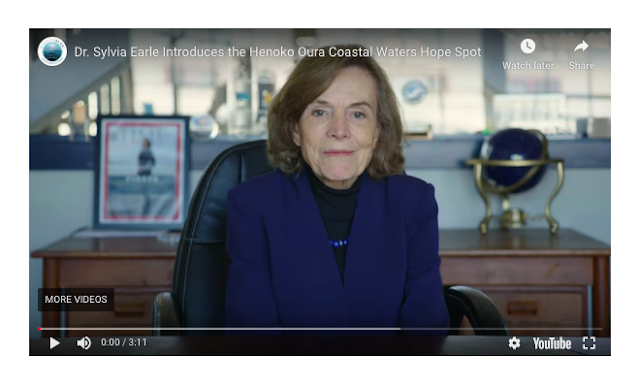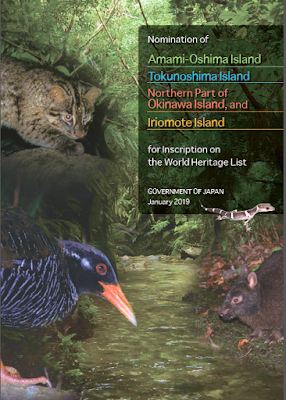Connecting to Mission Blue and beyond: Henoko-Oura Bay Coastal Waters is a "HOPE SPOT"

Amidst the Japanese government's relentless push to build a new U.S. military base at Henoko-Oura Bay, international support for Okinawa's fight to protect the precious environment has been growing. Mission Blue, a respected U.S. based NGO, has just designated the Henoko-Oura Bay Coastal Waters as a "Hope Spot." Mission Blue has confirmed that this area is a special place on par with other natural wonders and Hope Spots around the world. It has also demonstrated that our fight to protect is worthwhile. The message from Dr. Sylvia Earle , a renown marine biologist spearheading Mission Blue, is a great encouragement to those of us who want to protect the environment of Henoko-Oura Bay. Dr. Sylvia Earle delivers her congratulation message Source: Mission Blue Meanwhile, the World Beyond War , a global peace movement to end all wars, has joined the celebration of this great news by inviting the Okinawa Environmental Justice Project to write an article

